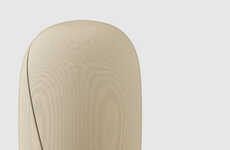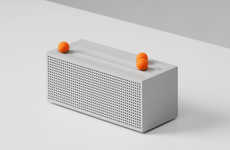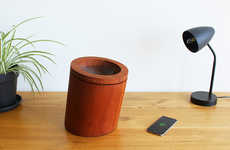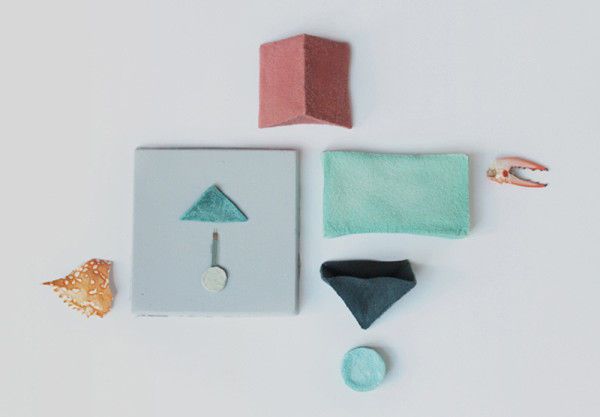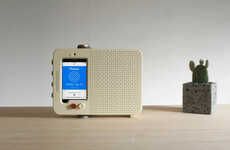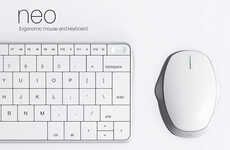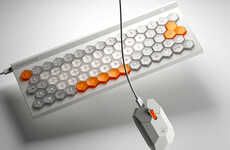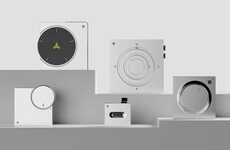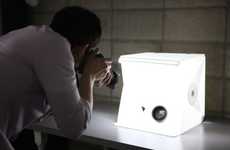
BioElectric by Jeongwong Ji Explores Slow-Production Designs
Meghan Young — February 19, 2014 — Art & Design
References: jeongwonji & trendland
Electronics including computers and their peripherals are in such demand that their mass-produced designs could be argued as devoid of style and soul; BioElectric by Jeongwong Ji, a South Korean design student based in London, England, explores this untapped potential. It introduces slow-production methods that focus on tactile and expressive qualities of various devices such as an alarm clock, humidifier, computer trackpad and WiFi router.
Each of the products making up BioElectric by Jeongwong Ji is re-imagined using a materials dubbed 'Crustic.' As reported by Trendland, it was "developed through trial and error with an organic water and glycerin mixture made from the Chinese Mitten crab, [chosen] for its combination of strength and flexibility." Since it is also a highly unwanted crustacean in the River Thames, it serves more than one purpose.
Each of the products making up BioElectric by Jeongwong Ji is re-imagined using a materials dubbed 'Crustic.' As reported by Trendland, it was "developed through trial and error with an organic water and glycerin mixture made from the Chinese Mitten crab, [chosen] for its combination of strength and flexibility." Since it is also a highly unwanted crustacean in the River Thames, it serves more than one purpose.
Trend Themes
1. Slow-production Methods - Exploring slow-production methods in electronics design opens up opportunities for creating more tactile and expressive devices.
2. Tactile and Expressive Electronics - Focusing on the tactile and expressive qualities of electronic devices allows for the development of more stylized and soulful designs.
3. Bio-based Materials - Using bio-based materials like 'Crustic' enables the creation of unique and sustainable electronic products.
Industry Implications
1. Consumer Electronics - Incorporating slow-production methods and tactile designs in consumer electronics can enhance the user experience.
2. Product Design - Exploring new materials and design approaches in product design can lead to disruptive innovations in various industries.
3. Sustainable Technology - Integrating bio-based materials into electronic devices contributes to the development of sustainable technology solutions.
2
Score
Popularity
Activity
Freshness


